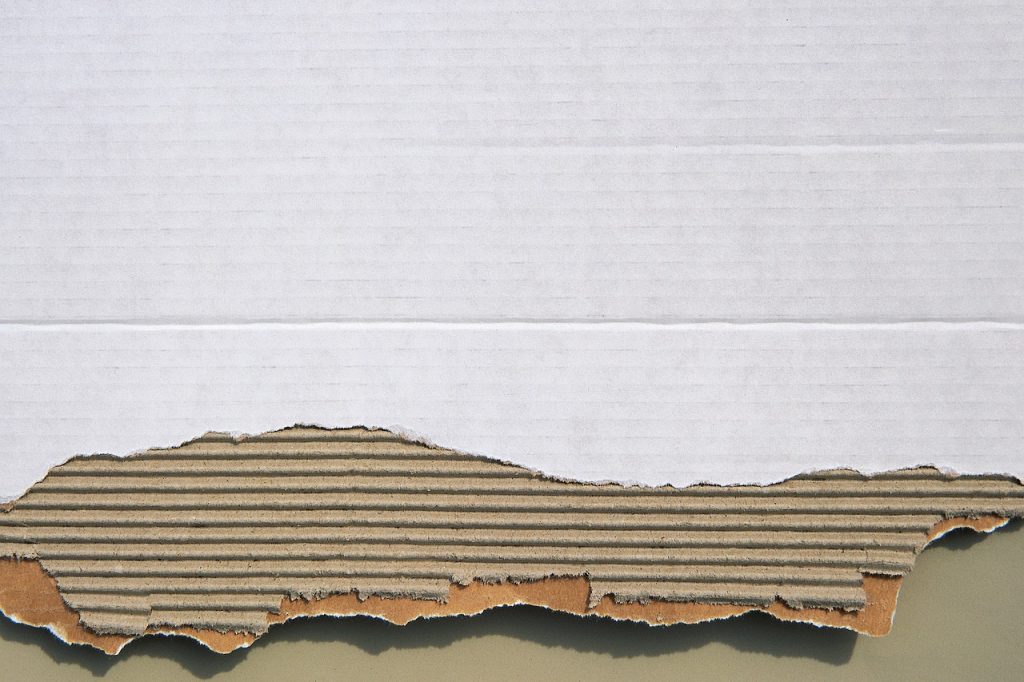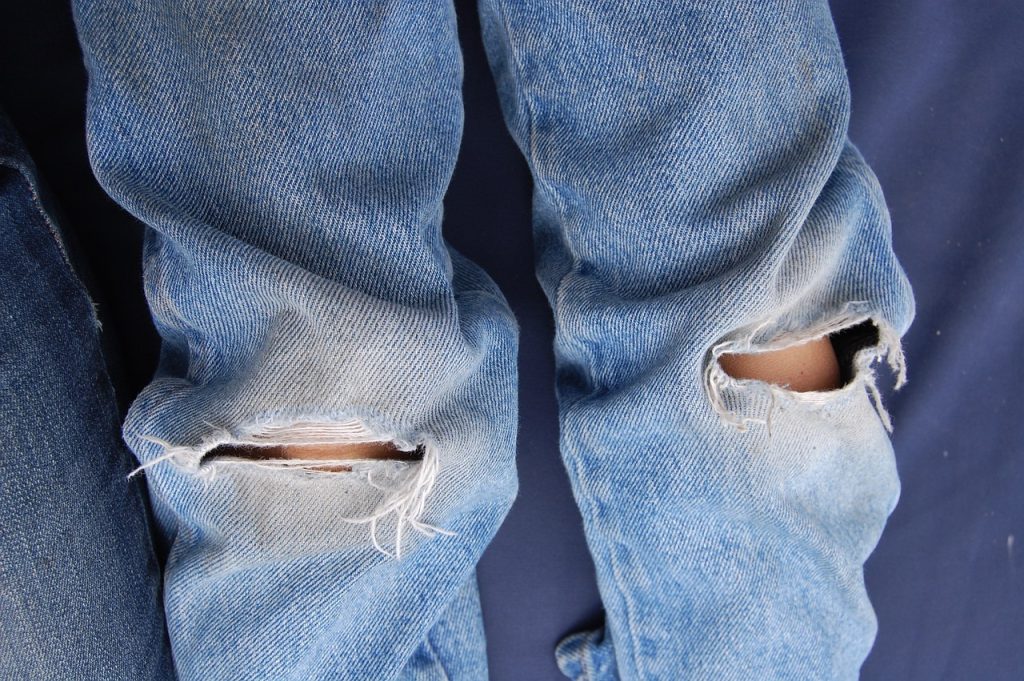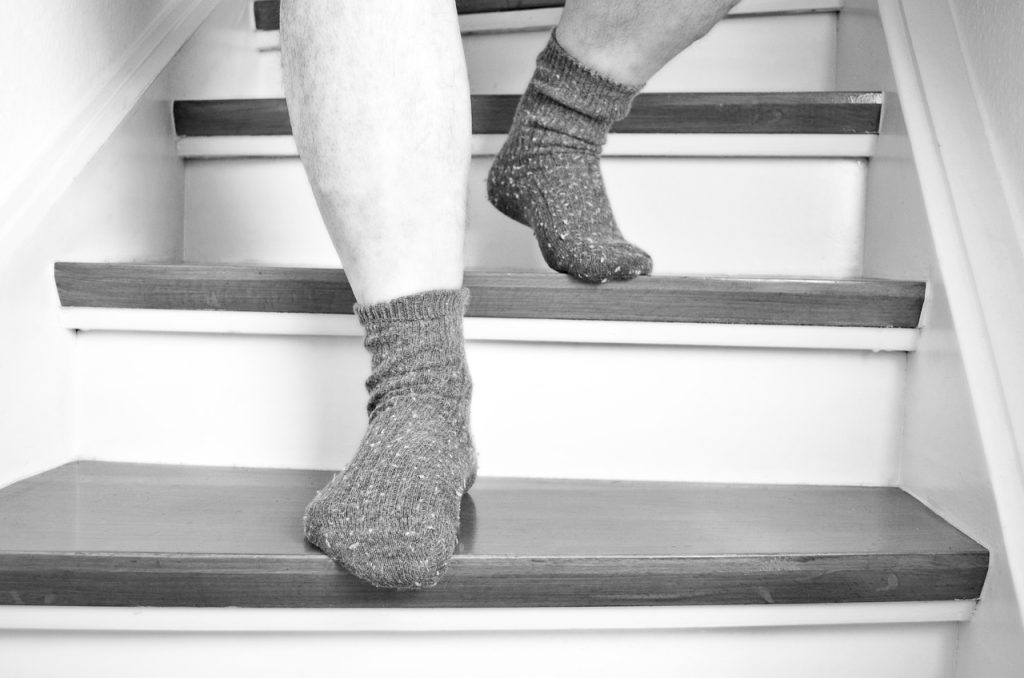- Assess the condition of your clothes and textiles.
- If in good condition, consider donating to second-hand stores or clothes recycling programs.
- For textiles unsuitable for reuse, find fabric recycling initiatives.
- Consider the components of your clothes, such as buttons and zippers, for recycling.
- Participate in package-free swaps to exchange unwanted items.
- Consider the recyclability of clothes before purchasing new ones.
- Recycle, reinvent, and retold your clothes.
- Donate clothes to consignment stores or textile recycling facilities.
- Participate in local donation events and package-free swaps.
- Refashion your clothes into new items.
- Understand the textile recycling process and participate actively.
Starting your Journey in Recycling Clothing and Textile Recycling
Starting your journey in recycling clothing and textile recycling shouldn’t be daunting. Here’s how to recycle old clothing without it going to waste. There are many ways to recycle clothes that are easy to implement at home. First, take into account the condition of the clothes. If they’re in good shape, consider donating them to a second-hand clothing store or using a clothes recycling program that accepts items in decent condition.
Many stores will give you information on their recycling program and may even offer incentives for doing so. For textiles that can’t be retold as is, there is still a way to prevent them from becoming waste. Many fabric recycling initiatives exist and are often easy to find with a quick online search. These organizations turn textiles that aren’t suitable for reuse into recyclable materials.
Natural textiles like cotton, wool, and silk can be recycled into new fabrics or insulating materials. Synthetic textiles, on the other hand, can be recycled into plastic products. There’s always an alternative to tossing clothes in the garbage. It’s also worth noting that some companies are working on developing a circular economy model for textiles where materials are reused and recycled indefinitely.
The ultimate goal of sustainable living is minimizing waste. This also extends to clothes. So, before you decide to throw something away, consider if there’s an opportunity to recycle it. This takes into account not just the fabric but also buttons, zippers, and other components that could have a second life elsewhere. If your clothes are too worn to be retold as is, it could still have an opportunity for a second life.
Besides recycling, there’s another eco-friendly option for dealing with old clothes: package-free swaps. These are essentially swap meets where people bring items they no longer want and exchange them for something else. This is a great way to clear out your wardrobe and maybe find some new favorites while also being environmentally friendly.
Textile Recycling 101: What Items Could be Recycled in Your Wardrobe?
As society becomes more conscious of sustainable living, the question of how to recycle clothes becomes crucial. You might be wondering about the specific items that are recyclable. Well, the world of clothes recycling is more diverse than you might imagine. Everything from fashion accessories to basic t-shirts can usually find a second life through textile recycling.
Let’s start with unused items of clothing that are in good condition. These pieces are the easiest to recycle. Why? Because the second-hand clothing market is always in demand for clothes that are still in excellent shape. You could take these items to a store that specializes in second-hand fashion or even swap them in a package-free swap event. It’s an easy and eco-friendly way to revise your wardrobe.
Even worn and old clothing items can be recycled. You’re probably asking, ‘how can I recycle these?’ Through textile recycling, that’s how. This process goes beyond recycling clothes to include all discarded textile products. They are collected, sorted, and processed into reusable items. This could be anything from cleaning rags to insulation materials. So it’s just not about recycling fashion items, it’s about making the most of any unused textile you have at home.
You’re not limited to recycling clothes at the store either. There are various ways you can contribute to a sustainable lifestyle right from your home. For instance, instead of throwing away your unwanted clothes during your annual home clean-up, think about recycling them. Look out for the textile recycling checkout options available in your area and make use of them. You can usually find these in waste management centers or specialized recycling establishments.
Finally, remember this is not just about clearing out your home. It’s also about being conscious of your fashion choices and keeping sustainability in mind every time you shop. Think of the fabric and materials of your clothes before purchasing them. Are they recyclable? Will you be able to recycle them once they’ve served their purpose? These are the questions to keep in mind as you travel down the path of clothing recycling for a healthier and more responsible lifestyle.
Recycle and Reinvent: Transforming Fashion for Sustainable Living
When it comes to fashion sustainability, the concept of ‘recycled fashion’ is leading the way. It’s a direct call back to the age-old adage – one’s waste is another’s treasure. The unique perspective of recycled fashion allows us to reinvent discarded items to breathe new life into them. It isn’t just about making the old new again; it’s about ensuring the constant cycle: recycle, reinvent, retold.
The process starts at home. For everyone with a wardrobe brimming with fashion items they no longer use, the journey to recycle those clothes begins here. Instead of going the traditional route of just discarding unwanted clothing into waste, sustainable living encourages making the conscious choice to recycle. Reinventing unloved items into chic, stylish wears is unlikely to appear as a task if we are determined.
But recycling isn’t only about transforming or repurposing the clothes; sometimes, it’s about passing it on. Many items in great condition that are no longer in personal use can be retold. Instead of sitting in a drawer, they can become another’s treasured fashion statement. In some cases, the quickest route to recycle these clothes is as simple as a trip to a local consignment store.
Handing these fashion items over to the consignment store ensures that they are recycled effectively. It’s all part of the broader focus of fashion sustainability. If the clothes are not up to the store’s standards, they can be shifted into textiles recycling. Textiles, especially those made of natural components like cotton, silk, or wool, are entirely recyclable.
Package Free Swaps are another innovative and sustainable way to recycle. With a checkout system that’s all about exchanging an item for another, it harbors a sense of community and fosters sustainable living. Be sure to provide accurate information about the condition of your items during the checkout process to ensure a fair exchange. With each step taken towards fashion sustainability, we can bolster the cycle of recycling and help enhance the concept of recycled fashion.
Finding New Homes: Where to Recycle Textiles and Clothing
Once you’ve started your journey in recycling and sorted out which items from your wardrobe can be recycled, the question arises: where can I recycle textiles and clothing? It isn’t as challenging as you might think. Let’s delve into finding new homes for your preloved clothes and promote sustainable living in the process. Finding where to donate clothing locally can be as smooth as a trip to the store, like donating to local charity stores that retold gently used clothing. But that’s not the only way.
You might be surprised, but there are various ways to recycle outside of traditional recycled clothes bins. In the United States, many facilities and companies specialize in textile recycling, offering effective and efficient ways to give your unwanted clothes a second life. Before donating, check the condition of your clothes. While many recycled textiles are served down, severely damaged or soiled clothing might not be accepted. If you’ve made an effort to sort and clean, you want the donated clothing to be put to good use, right?
Furthermore, consider package-free swaps. Retold clothes swaps are a brilliant way to keep fashion in circulation, recycle, and find some new pieces you love. They’re environmentally friendly, promote community, and help to elongate the lifespan of clothing. You can find many of these in your local area, and it’s a fabulous way to create a sustainable home. Similar to package-free swaps, local donation events often take place and are a fantastic way to recycle. These events have the dual benefit of helping those in need in your community while ensuring clothes don’t end up in landfills prematurely.
In conclusion, there are so many ways to recycle, upcycle, and reinvent your unwanted textiles and clothing while stepping towards a more sustainable lifestyle. By keeping fashion in circulation through recycled, retold, and donated clothing, we can significantly decrease the fashion industry’s impact on the environment. Remember, every item donated, recycled, or retold contributes to a more sustainable world – one home at a time!
A Step-by-Step Guide to Sustainable Fashion: Clothing Recycling
In the world of fashion, the importance of sustainable fashion can’t be overstated. The first step to achieving this is understanding the concept of recycling. From clothing to other fashion items, you can contribute immensely to sustainability by recycling. Have you ever pondered what could be done with recycled clothes? Imagine reducing the heaps of waste in your home, just by deciding to recycle.
Donated clothing, for example, is an example of how sustainable fashion can leave a positive impact. By donating used clothes, we push the cause of fashion sustainability forward, reducing the waste that fills our landfills. But how do you get started? Well, here is the simple step-by-step guide to sustainable fashion: Clothing recycling.
Start by segregating your unused clothes at home. Next, find outlets where they can be recycled. Though it might seem daunting at the onset, with a little research, you’ll find that there are plenty of places where clothes can be recycled. You can even transform these items into new fashion items. Innovations like these breathe new life into the sustainable fashion industry, showing us that fashion needn’t involve excess waste.
Textile recycling has, over the years, evolved to be a crucial part of sustainable fashion. Through recycling, we can actually reinvent our entire approach to fashion. By opting for recycled fashion items, we’re not just choosing better clothes but a better world. In your journey of recycling clothing and textile recycling, you’ll discover that it’s more than just about sustainable fashion; it’s about fashioning a sustainable lifestyle that reverberates through every facet of our lives.
Finding new homes for discarded clothes is another important aspect of this journey. Check local directories for where to recycle textiles and clothing. And then, the final and the most exciting part is the package-free swaps. Someone else’s discarded clothing item could become your new favourite outfit.
In essence, the guide to sustainable fashion encompasses a whole lot more than merely recycling old clothes. It’s a step into a world where we reduce our carbon footprints, live waste-free lives, and ultimately make fashion sustainable for all.
Recycle and Refashion: Sustainable Remakes of Fashion Items
If you’re into fashion, you know it’s not always about buying. It’s also about refashioning what you already have. Refashioning isn’t merely for the creatively inclined. It’s an effective way to recycle your second-hand clothing, adding a personal touch, and extending its life. Sustainable living is all about maximising the use of existing resources, and that applies to fashion items too.
Recycled fashion goes beyond reusing – it’s about refashioning, and the art of creating something new from old items. Clothing that’s in good condition can be transformed into other fashion items while maximising the textiles’ value. You could turn a dress into a skirt or create various accessories from scarfs.
To partake in sustainable living through recycled fashion, start by assessing what fashion items you no longer use. These clothes, instead of being discarded, could get a new lease on life by being recycled into something new. Refashioning clothing is a great way of sustainable living because it reduces waste and curbs fashion’s environmental impact.
The process of recycle and refashion isn’t challenging. It could be done at home, starting by sorting your clothes into two categories: clothes you often wear and clothes that have been sitting in your closet for a while. The latter set could be transformed into refashioned fashion items. All you need is creativity, sewing skills, and the right tools.
Refashioned items often have a unique charm and add flavor to your look. Imagine the satisfaction of repurposing a beloved piece of clothing that’s too worn out to wear! This transition from recycle to refashion is what sustainable living is all about.
Fashion items, whether new or recycled, also serve the purpose of expressing individuality. In a world saturated with fast fashion, stand out by embracing recycled fashion items that you took the time to refashion, conveying a message of sustainable living.
Transforming your unused clothing and textiles into sustainable, refashioned creations not only breathes a new lease of life into your old clothes but also contributes to a broader picture of environmental conservation. Remember, every piece of clothing you recycle and refashion is a step closer to sustainable living and a greener planet.
Textiles in Packages: Understanding the Recycling Process
Before you recycle, it’s essential to understand the textile recycling process. Textiles aren’t always blatantly recyclable like paper or metal. They require a unique process, which involves sorting based on info from the label. Also, you need to consider specific factors like the fabric’s compositions, color, and condition. Clothing fabricated from a single type of material — cotton, for instance — is easier to recycle. Mixed materials can pose a challenge, but advancements continue, improving this sector’s capacity for sustainability.
Package free swaps offer an excellent home for your unwanted clothes. Also known as clothes swapping, this trend involves trading pre-loved items between individuals or a group, offering a fantastic way to upcycle clothing, keep textiles out of waste, and embrace durable living. You give your unwanted clothes a new lease on life by trading them for things you need or love. It’s fashion retold in a sustainable and waste-free way.
Now, walk through textile recycling step-by-step. First, you place the unwanted textiles in a suitable bag. You may want to use a recyclable one as a pledge to sustainability. Next, look back on the sorting information learned above. Do you have any items that won’t stand the travel through the recycling machine? If you do, it might be time to reconsider and find another sustainable way to dispose of those (like package free swaps). Make sure to do your due diligence.
Next, take the bag to a convenient drop-off point. Most major cities have donation bins scattered around or stores that accept recycled clothing—no need for an elaborate travel plan. Stores like H&M; have in-store recycling bins right at the checkout. They typically offer a store discount in return for your recycling effort.
By learning to recycle textiles, you keep clothing waste from cluttering up our world, transforming the hangers in your home to reflect sustainable living. By contributing to textile recycling, you also become part of the shift to conscious, sustainable fashion. With every piece of clothing you recycle or upcycle, you help write a new chapter of sustainability, of fashion that doesn’t compromise the world or its resources.
The 411 on Package Free Swaps: Recycle, Reuse, Find New Use
It’s easier than ever to recycle and find new homes for clothes you no longer need. With package free swaps, you can not only help sustain the environment, but also do yourself a favor by decluttering your wardrobe. These programs advocate for the mantra: Recycle, Reuse and Find New Use. Companies who run these platforms have designed a handy way for all of us to take part in the recycling movement right from home.
So how does this work? It’s fairly simple and most of the times, effort-free. Let’s look at the 411 on package free swaps. All you have to do is prepare a bag of your unwanted clothes and schedule a pick up day or simply drop it off at a designated place. With the travel and label service that these companies provide, your bag will be accepted back by them, kicking off an eco-friendly recycling process.
The beauty of this is that it’s a free service for most people. And the convenience of being able to do this all from your home is something that can’t be stressed enough. It’s a testament to how far we’ve come in terms of utilizing technology for sustainable living. With each bag of unwanted clothes you recycle, you’re not only reducing waste but also making a significant contribution towards a greener planet.
Remember those clothes that have been sitting in your wardrobe for days and days? Package free swaps offer a unique opportunity for them to find new homes. This is more than just recycling, it’s a smart way of passing on your clothes to someone who might need them. Send them back, via these programs, to find a new life.
Recycling clothing is not a convoluted process anymore. Package free swaps are excellent avenues to recycle from home. Using methods such as these, we can integrate a sustainable lifestyle into our daily routines, and make a positive impact on the environment along the way. That’s the beauty of sustainable living. It’s not just about protecting the environment, it’s also about creating a lifestyle that finds value in what we would otherwise discard.
Finding the Right Path to Recycled Fashion: How to Recycle Textiles
Embarking on the journey of sustainable fashion starts with learning how to recycle textiles. By recycling textiles or embracing recycled fashion, you’re contributing to a more sustainable world. This path might seem daunting initially, but let’s break it down.
Textiles encompass a broad range of materials, from the clothes we wear to the sheets on our beds, which can all be recycled and given a new lease of life. Although it may not always be obvious, several programs and companies are in place to help you recycle textiles. Research and information are all you require to find the right tools to start.
Firstly, find a good recycle program near you, or research about companies that accept used clothes online. These places usually have acceptance criteria for donated clothing. Before donating, it’s good to check with the store or program as some only accept clothes in good condition.
Once you’ve figured out where to recycle textiles, the next step is sorting out your donated clothing. Remember, every piece of clothing has a purpose in recycled fashion, even those unloved items at the back of your closet. Give those items back to the cycle, and somebody somewhere might find them good.
Another exciting aspect of sustainable fashion is package free swaps. It takes recycling a step further by encouraging the exchange of clothes, offering a way of upgrading one’s wardrobe without adding to the fashion industry’s carbon footprint. It’s about recycling, reusing, and finding new use for second-hand clothes.
More companies are recognizing the value of recycled textiles and incorporating it into their fashion lines. The result being fashionable items made from recycled materials that respect our environment without compromise on aesthetics. The journey towards recycled and sustainable fashion holds a promise of a fashion world where style isn’t at odds with sustainability.
So, let’s step up, recycle, and remake. From the clothes we discard, to the fashion we reinvent, let’s make it all count in our quest for sustainable fashion. After all, every decision and purchase in the fashion industry has the power to make a significant impact. So, it’s a good time to find the right path and make our fashion choices matter.
Firstly, find a good recycle program near you, or research about companies that accept used clothes online. These places usually have acceptance criteria for donated clothing. Before donating, it’s good to check with the store or program as some only accept clothes in good condition.
Once you’ve figured out where to recycle textiles, the next step is sorting out your donated clothing. Remember, every piece of clothing has a purpose in recycled fashion, even those unloved items at the back of your closet. Give those items back to the cycle, and somebody somewhere might find them good.
Another exciting aspect of sustainable fashion is package free swaps. It takes recycling a step further by encouraging the exchange of clothes, offering a way of upgrading one’s wardrobe without adding to the fashion industry’s carbon footprint. It’s about recycling, reusing, and finding new use for second-hand clothes.
More companies are recognizing the value of recycled textiles and incorporating it into their fashion lines. The result being fashionable items made from recycled materials that respect our environment without compromise on aesthetics. The journey towards recycled and sustainable fashion holds a promise of a fashion world where style isn’t at odds with sustainability.
So, let’s step up, recycle, and remake. From the clothes we discard, to the fashion we reinvent, let’s make it all count in our quest for sustainable fashion. After all, every decision and purchase in the fashion industry has the power to make a significant impact. So, it’s a good time to find the right path and make our fashion choices matter.




